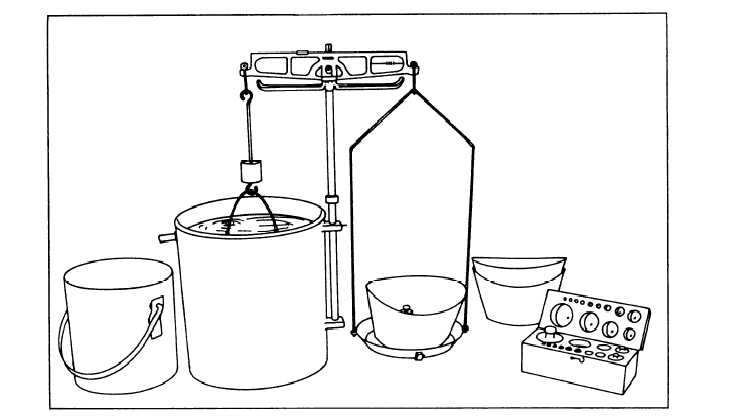Figure 13-34.-Dunagan apparatus for specific gravity test.
Test for Mineral Dust
In bituminous paving, particles finer than the No.
200 sieve are referred to a mineral dust. To measure the
amount of mineral dust in a selected sample, you
perform a washed sieve analysis (discussed in the EA3
TRAMAN), using the No. 40 and No. 200 sieves. After
all the material possible has passed the No. 200 sieve
and has been discarded, the materials remaining on the
sieve are returned to the original washed sample,
oven-dried, and weighed The amount of mineral dust is
then calculated, using the following formula:
Tests for Specific Gravity
The specific gravities of aggregates used in
bituminous paving mixtures are required in the
computation of the percent of air voids and percent of
voids filled with bitumens. Apparent specific gravity
used with aggregate blends showing water absorption
of less than 2 1/2 percent is based upon the apparent
volume of the material, which does not include those
pore spaces in the aggregate that are permeable to water.
Bulk-impregnated specific gravity is used for aggregate
blends with 2 1/2 percent or greater water absorption
The methods for determining absorption were discussed
earlier in this chapter in the discussion of concrete
aggregates.
The apparent specific gravity can be determined
using the methods described in NAVFAC MO-330 for
apparent and bulk specific gravity. It may also be
determined using the Dunagan apparatus shown in
figure 13-34. The procedures are as follows:
1. Select approximately 5,000 grams of aggregate
from the sample, not including particles smaller than the
3/8-inch sieve.
2. Wash the aggregate to remove any dust or other
coating and dry it to constant weight in the oven. Record
the total weight of ovendry aggregate on the data sheet,
as shown in figure 13-35.
3. Immerse the aggregate in water at 15°C to 25°C
for a period of 24 hours.
13-46




